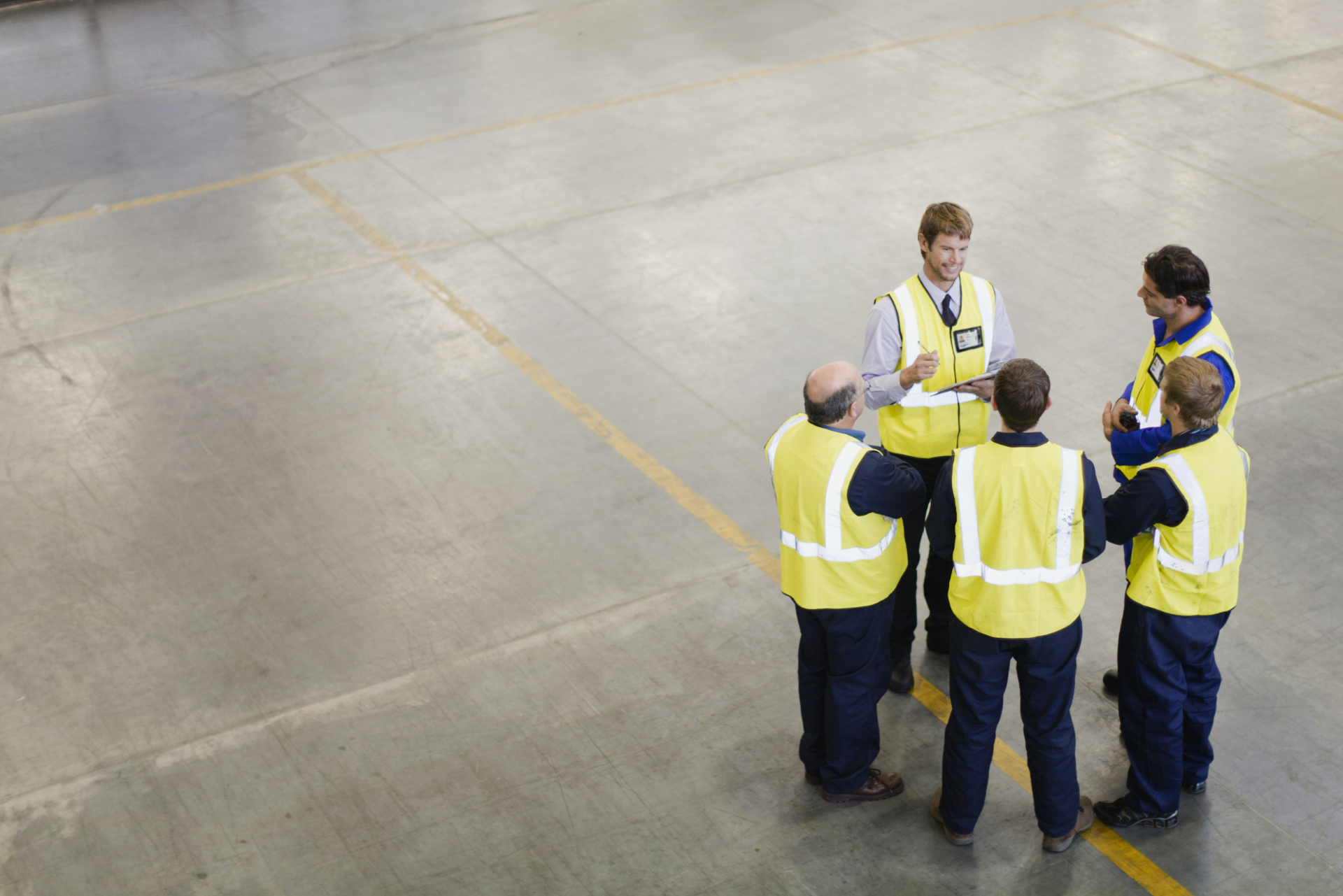
Industrial health and safety can mean almost anything, depending on the industry in question. The construction industry faces radically different hazards from the pharmaceutical industry, which in turn faces wildly different hazards from the oil and gas industry.
It’s all a matter of perspective.
Even so, there are times when it can be useful to zoom out and take a look at the bigger picture for your whole industry. Here’s a closer look at what industrial safety means, how you can use it to get a new perspective, and how you can apply broad industrial safety concerns to your unique situation.
Industrial safety is the management of operations within a specific industry to protect employees while minimizing hazards, risks, accidents, and near-misses. The Occupational Safety and Health Administration (OSHA) is the primary regulatory body responsible for industrial safety in the United States, but health and safety in industry are also regulated at the state and local levels.
Because industrial safety is quite broad, it can look quite different between one industry and the next. It all depends on your hazards.
Industrial safety is an umbrella term that covers a huge array of safety issues. Common topics in industrial safety include:
Essentially, any safety issue that may be cause for concern in your industry could fall under the umbrella of industrial safety.
When you narrow industrial safety down to industrial facilities like manufacturing plants, you start dealing with two-pronged safety issues–missed days, fires, malfunctions, and material hazards can also present production challenges.
The point is, you have to look at your unique case. Look at your workplace. You know the challenges your workplace faces day in and day out–chances are, these may be safety issues facing your entire industry.
If you want to delve into industrial safety, the first step is to get specific.
Like any other form of safety, you have to apply the issues of your industry to your workplace, seeing how common safety issues might play out in your unique environment. Similarly, you have to recognize common issues across your industry in order to prevent the same issues from cropping up in your own backyard.
Some hazards apply across the board, like ergonomic hazards, while some hazards are unique to specific workplaces, like chemical hazards. However, some across-the-board hazards show up in unique ways in your own work environment. Ergonomic hazards for an office worker, for example, look quite different than ergonomic hazards for a factory worker.
Health and safety in industry is sort of like pointing out the unique characteristics of the sky–it’s so broad that it’s hard to know where to begin. Even so, you have to know when to have an umbrella. Or, in safety, how to apply broad characteristics to your unique case to make the right judgment call.
That’s a tall order for any EHS team, which is why we created safety management software that makes it easy for you to see the forest for the trees (and the trees in the forest). Ready to get a new perspective on safety? Get in touch today to learn more.
The headline and subheader tells us what you're offering, and the form header closes the deal. Over here you can explain why your offer is so great it's worth filling out a form for.
Remember:
These Stories on Risk Management
800 Town and Country Boulevard, Suite 500
Houston, Texas 77024
Call us: 877-571-7475
Lange Kleiweg 10
2288 GK Rijswijk
The Netherlands
No Comments Yet
Let us know what you think